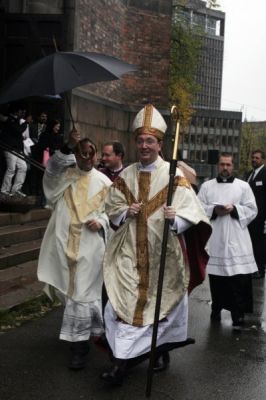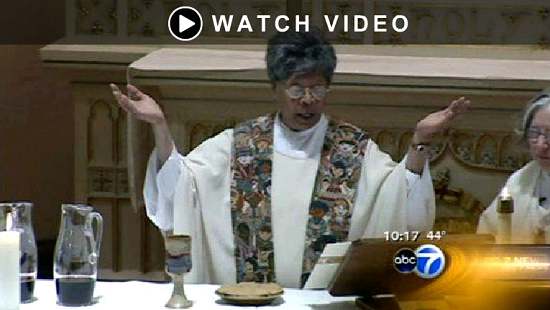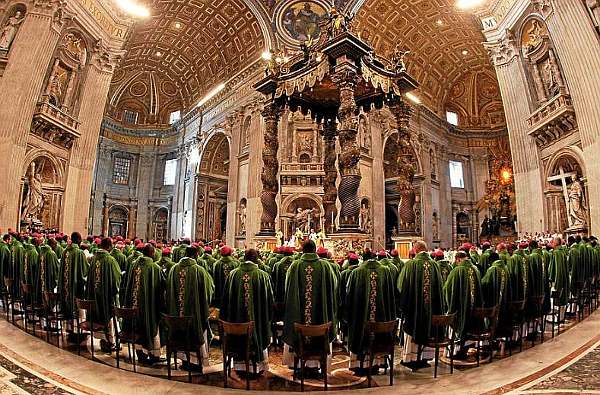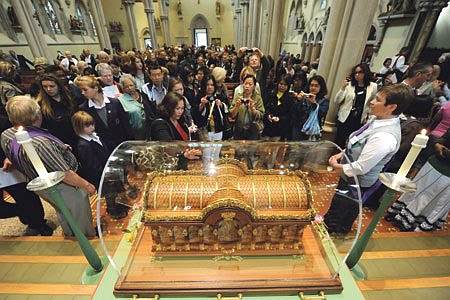Hvordan motta konvertitter?
Jeg leste i dag tidlig et innlegg på en presteblog jeg ikke tidligere har besøkt. Denne katolske presten sier at det er fint at Kirken nå i litt større grad enn tidligere setter pris på den kristne tradisjon og det kristne liv konvertittene har levd før de blir opptatt i Den katolske Kirkes fulle fellesskap. Jeg kan skrive under på at det er positivt – eller rettere sagt hadde vært positivt, for i mitt tilfelle var en slik positiv vurdering av min egen kristne tradisjon, og mitt liv som kristen i 39 år, og 8 år som luthersk prest, nesten helt fraværende. Nokså trist, egentlig, men det er vel katolikkenes egen uvitenhet eller kanskje også usikkerhet i møte med norsk kultur og religiøse tradisjon, som gjør at det ofte har blitt slik. Men nå har pave Benedikt vist oss at mange ting i protestantiske kristnes liv og tradisjon er verdifulle – og kanskje andre katolikker kan lære av ham.
I am glad we can get rid of the old approach of reception of converts to the Church which said that they must leave behind everything of their previous Christian tradition as if it had no value. Do we really want to discard their wonderful liturgy, psalmody, theological insights, insights of pastoral practice, their familiarity with the scriptures, their deep sense of the way in which Christinity can be incarnated in a local area or culture? No, it all has value. It will benefit the whole Catholic Church. Christ has been at work there. And this, in a very subtle way, is exactly what Pope Benedict has recognised and enacted with this marvellous intitiative.
Les hele stykket her.




